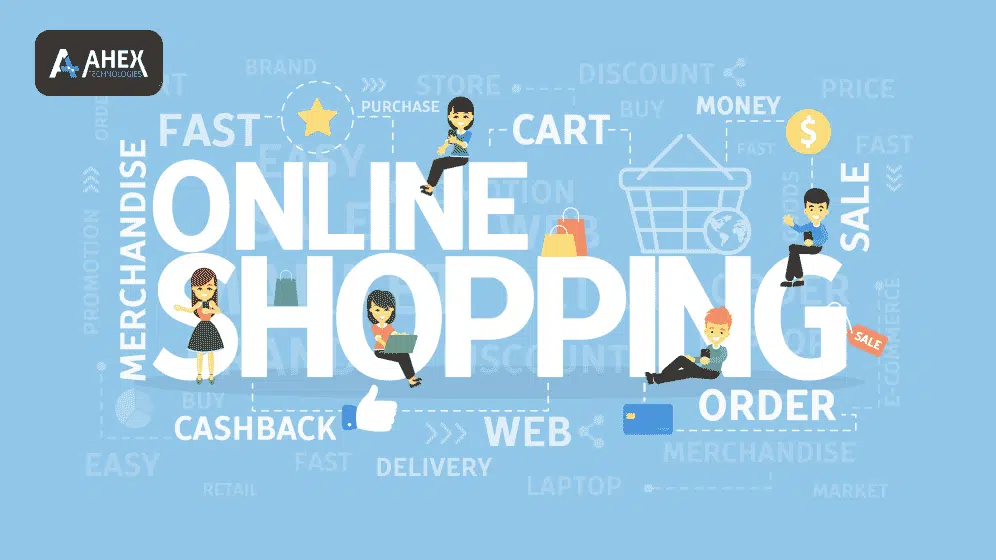
E-commerce has witnessed remarkable growth over the past years, and as we step into 2023, the landscape is evolving even further. The interplay of technology, changing consumer behavior, and innovative strategies is reshaping the way we shop online. In this article, we will delve into the trends and innovations that are driving the future of e-commerce in 2023.
Table of Contents
- Introduction to the Future of E-commerce
- Rise of Augmented Reality (AR) Shopping
- Personalization and Hyper-Targeted Marketing
- Voice Commerce and Conversational AI
- Sustainability and Ethical Consumerism
- Social Commerce and Shoppable Content
- Blockchain for Transparency and Security
- One-Day and Same-Day Delivery Norms
- Subscription-Based Models and Loyalty Programs
- AI-Driven Customer Support
- Conclusion
Introduction to the Future of E-commerce
The future of e-commerce is being shaped by a fusion of cutting-edge technologies and customer-centric strategies. As consumers seek convenience, personalization, and seamless experiences, businesses are stepping up their game to meet these demands. Let’s explore the trends that are driving this transformation.
Rise of Augmented Reality (AR) Shopping
Augmented Reality (AR) is redefining the way consumers experience online shopping. Through AR, shoppers can visualize products in their real environment before making a purchase. This immersive experience reduces uncertainty and increases confidence, particularly in industries like fashion, furniture, and cosmetics.
Personalization and Hyper-Targeted Marketing
Personalization has graduated from being a trend to becoming an expectation. E-commerce platforms are leveraging customer data and AI algorithms to create tailored shopping experiences. From product recommendations to dynamic pricing, personalization enhances customer engagement and drives conversions.
Voice Commerce and Conversational AI
Voice assistants and conversational AI are becoming integral to e-commerce. Consumers can now search for products, place orders, and track deliveries using voice commands. This hands-free approach enhances accessibility and convenience, especially for multitasking individuals.
Sustainability and Ethical Consumerism
Eco-conscious consumers are driving the demand for sustainable and ethical e-commerce practices. Brands are focusing on responsible sourcing, minimal packaging, and carbon-neutral shipping. Ethical practices not only resonate with consumers but also position brands as socially responsible entities.
Social Commerce and Shoppable Content
Social media platforms have transformed into shopping destinations. Businesses are incorporating “Buy” buttons and shoppable posts, enabling users to purchase products directly from social media feeds. This seamless integration of social media and e-commerce enhances the shopping experience.
Blockchain for Transparency and Security
Blockchain technology is enhancing transparency and security in e-commerce transactions. From supply chain tracking to secure payments, blockchain ensures that customers can trace the origin of products and have confidence in the authenticity of the goods they purchase.
One-Day and Same-Day Delivery Norms
Speedy delivery has become a competitive edge in e-commerce. One-day and same-day delivery options are becoming the norm, driven by consumer expectations for rapid order fulfillment. Businesses are optimizing logistics and partnering with local delivery services to meet this demand.
Subscription-Based Models and Loyalty Programs
Subscription-based e-commerce models are thriving. Consumers are subscribing to receive products on a regular basis, from beauty supplies to groceries. Loyalty programs and exclusive perks further incentivize repeat purchases and customer retention.
AI-Driven Customer Support
Artificial Intelligence (AI) is revolutionizing customer support in e-commerce. Chatbots and virtual assistants provide instant assistance, answer queries, and guide customers through their purchasing journey. This round-the-clock support enhances user satisfaction.
Conclusion
The future of e-commerce is an exciting amalgamation of innovation and customer-centricity. Augmented Reality, personalization, voice commerce, sustainability, social commerce, blockchain, swift deliveries, subscription models, and AI-driven support are driving this evolution. As businesses adapt to these trends, they position themselves to deliver seamless, engaging, and fulfilling online shopping experiences. The journey into the future of e-commerce promises an era of convenience, personalization, and unprecedented growth.







